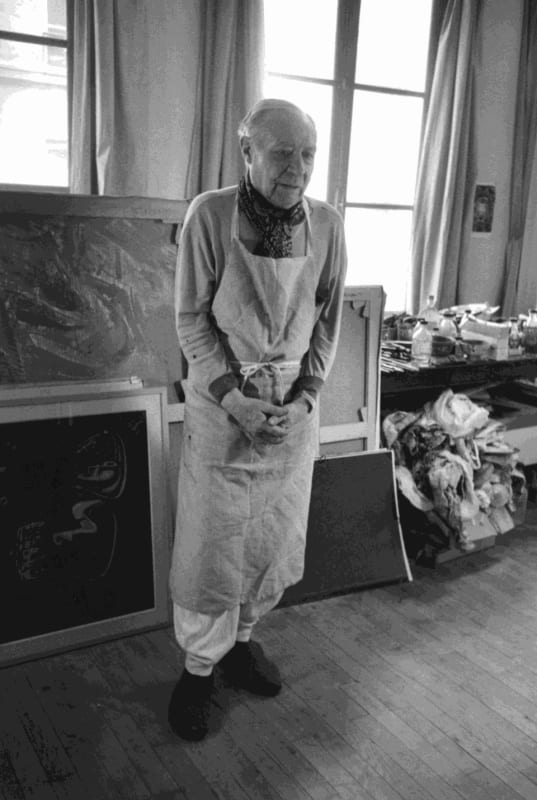
- X
- Tumblr
André Masson (1896–1987) was a French painter and surrealist whose work played a significant role in the development of abstract art and Surrealism. His innovative use of automatic techniques and his exploration of the unconscious mind left a lasting impact on 20th-century art.
André Masson was born on January 4, 1896, in Balagny-sur-Thérain, Oise, France. The son of a wealthy family, Masson showed early artistic talent and began his formal training at the École des Beaux-Arts in Paris in 1914. His education was interrupted by World War I, during which he served as a soldier. The horrors of war deeply affected him and influenced his later work.
After the war, Masson returned to Paris and continued his studies at the École des Beaux-Arts. His early work was influenced by Symbolism and Fauvism, but he soon became involved with the burgeoning Surrealist movement. Masson’s early Surrealist works were characterized by their exploration of the unconscious mind and automatic drawing techniques.
In the 1920s, Masson began to experiment with "automatic" techniques, a method advocated by the Surrealists to tap into the unconscious mind. This approach involved creating art without conscious control, allowing spontaneity and randomness to dictate the form and content of the work. His "automatic drawings" from this period are considered some of his most important contributions to Surrealism.
Masson became a prominent figure in the Surrealist movement, participating in group exhibitions and collaborating with other leading surrealists, including Salvador Dalí, Max Ernst, and Joan Miró. His works from this period often explored themes of violence, sexuality, and the subconscious.
Notable works from this period include:
- "The Battle of Fishes" (1926) - A significant painting that exemplifies Masson's use of abstract forms and his interest in exploring the primal and instinctual aspects of human nature.
- "Automatic Drawing" (1924) - An influential piece that showcases Masson's technique of spontaneous, unplanned creation, reflecting his engagement with Surrealist principles.
In the 1930s and 1940s, Masson's work evolved as he moved away from strict Surrealism and began to incorporate more abstract and expressionist elements into his art. His work from this period includes:
- "The Labyrinth" (1930) - A painting that reflects his fascination with labyrinthine forms and symbolic imagery.
- "The Celestial Ride" (1939) - A large canvas demonstrating his continued interest in mythological and fantastical themes.
Masson’s later years were marked by a return to more figurative and narrative elements in his work. He also explored new mediums, including tapestry and mural painting. His influence extended beyond painting to include works in printmaking and book illustration.
André Masson continued to work and exhibit his art until his death on October 28, 1987, in Paris. His contributions to Surrealism and abstract art have been widely recognized, and his works are held in major public collections, including:
- The Museum of Modern Art (MoMA), New York
- The Centre Pompidou, Paris
- The Tate Modern, London
Masson’s work is celebrated for its innovative exploration of the subconscious and its impact on the development of abstract and Surrealist art. His techniques and themes continue to influence contemporary artists and are studied for their contributions to 20th-century art movements.
André Masson's career was marked by a deep engagement with Surrealism, automatic drawing, and abstract expressionism. His innovative approach to art, coupled with his exploration of the unconscious mind, established him as a significant figure in modern art. Masson's legacy is preserved through his influential works and his impact on the evolution of abstract and Surrealist art.